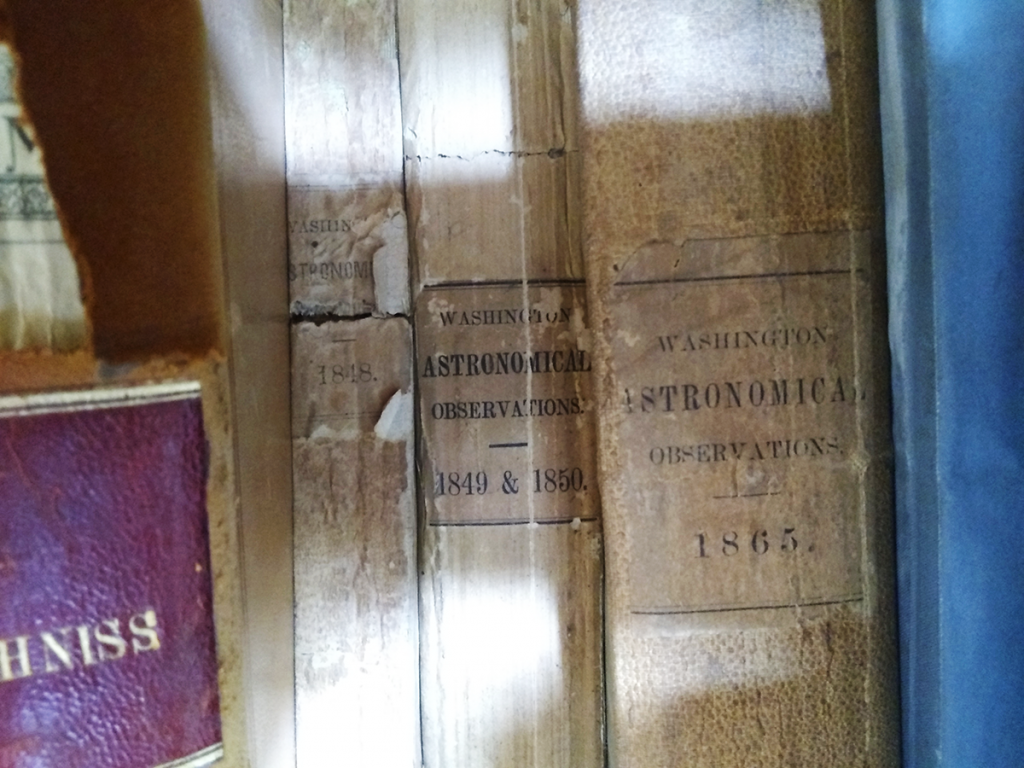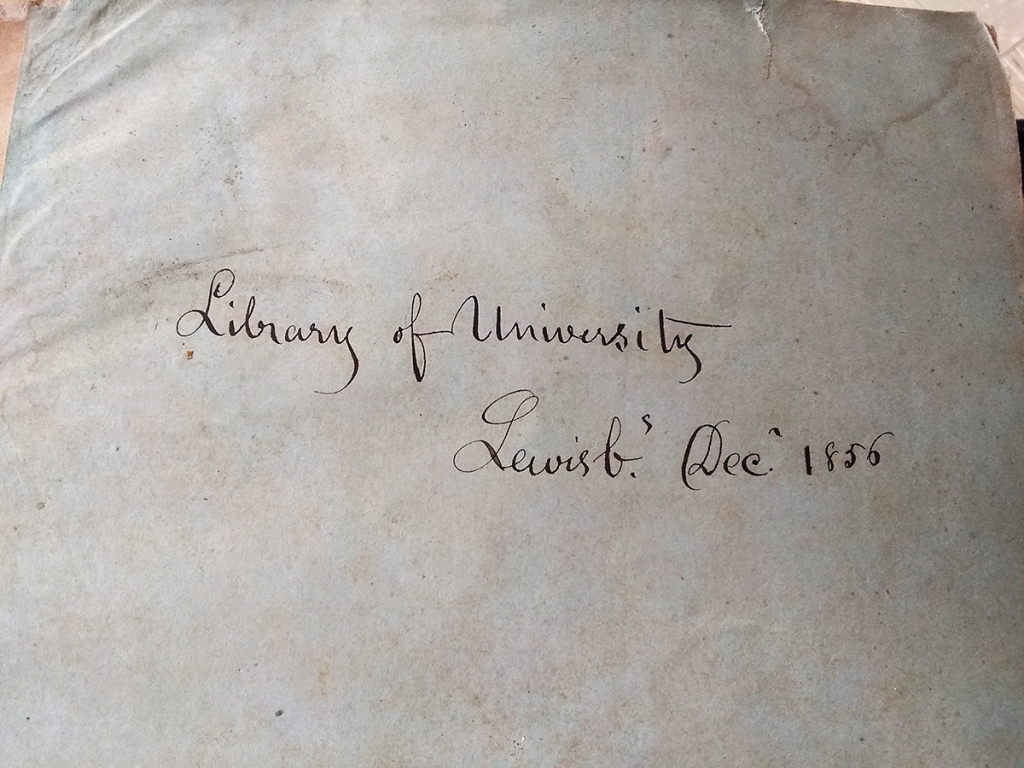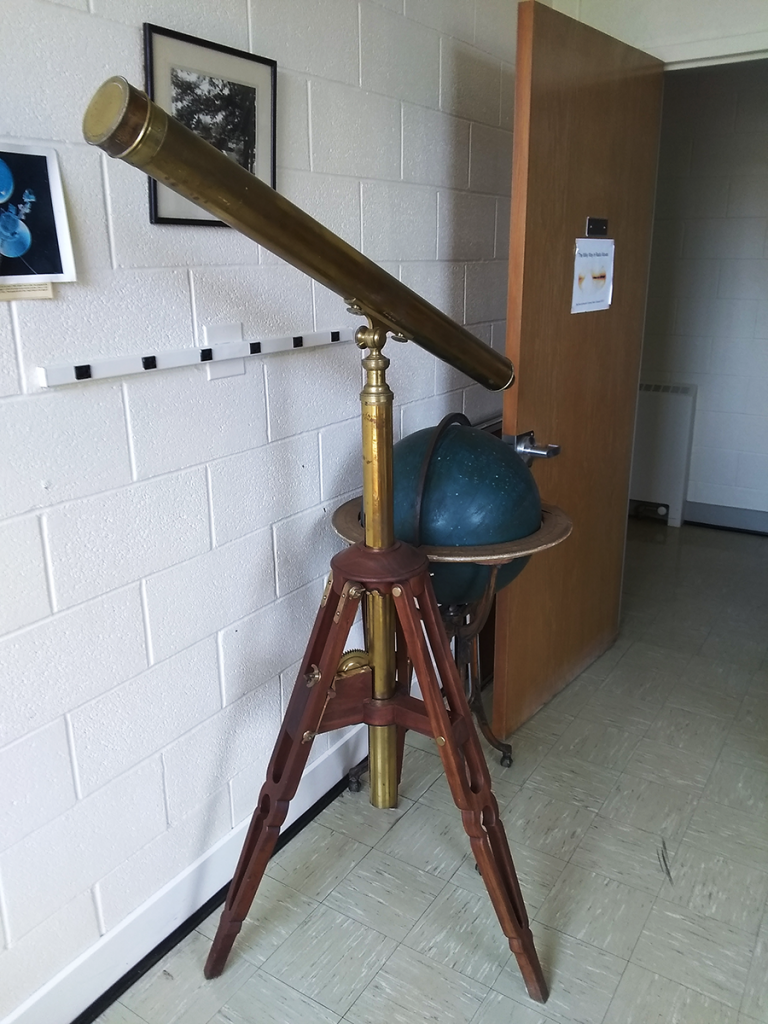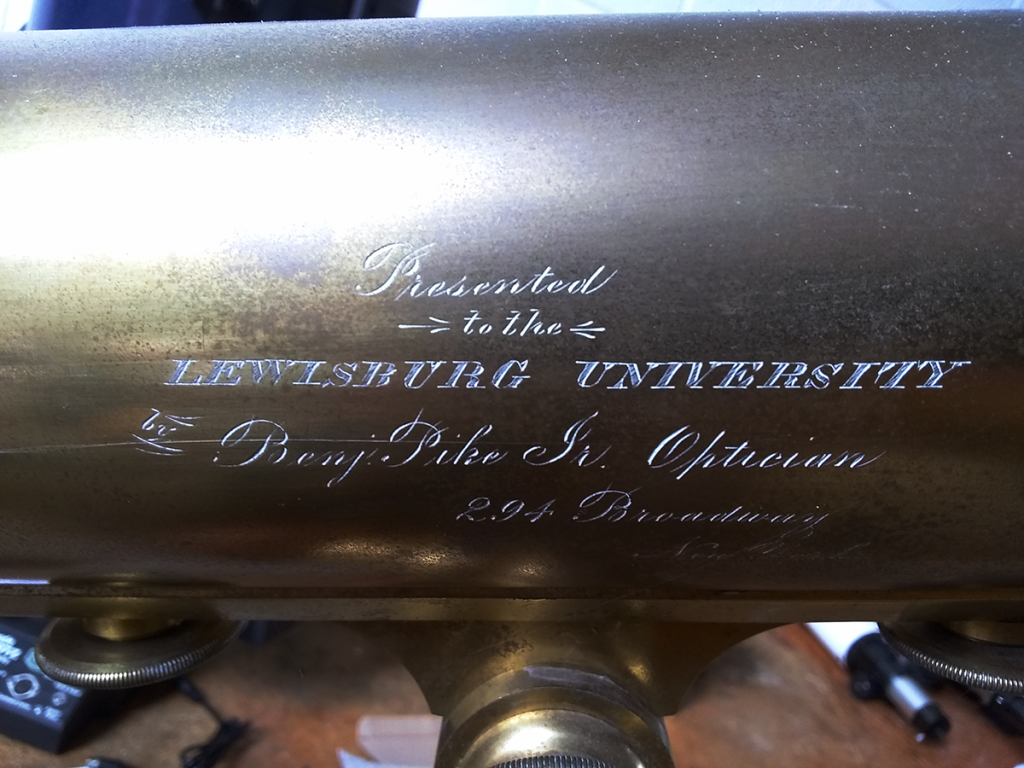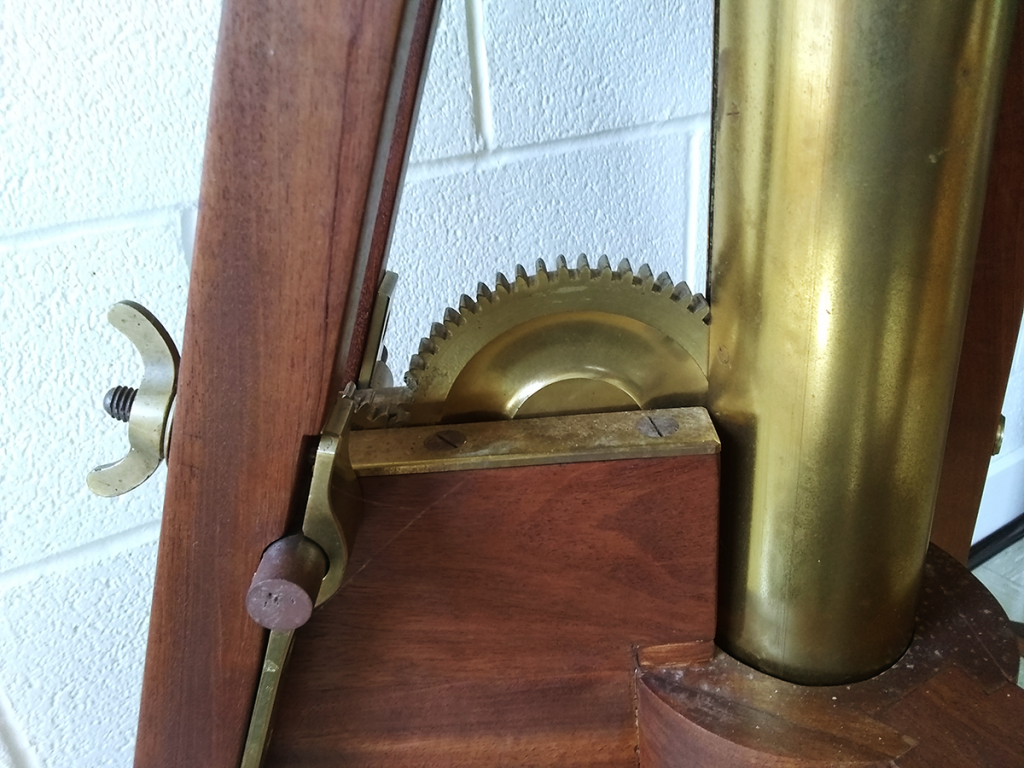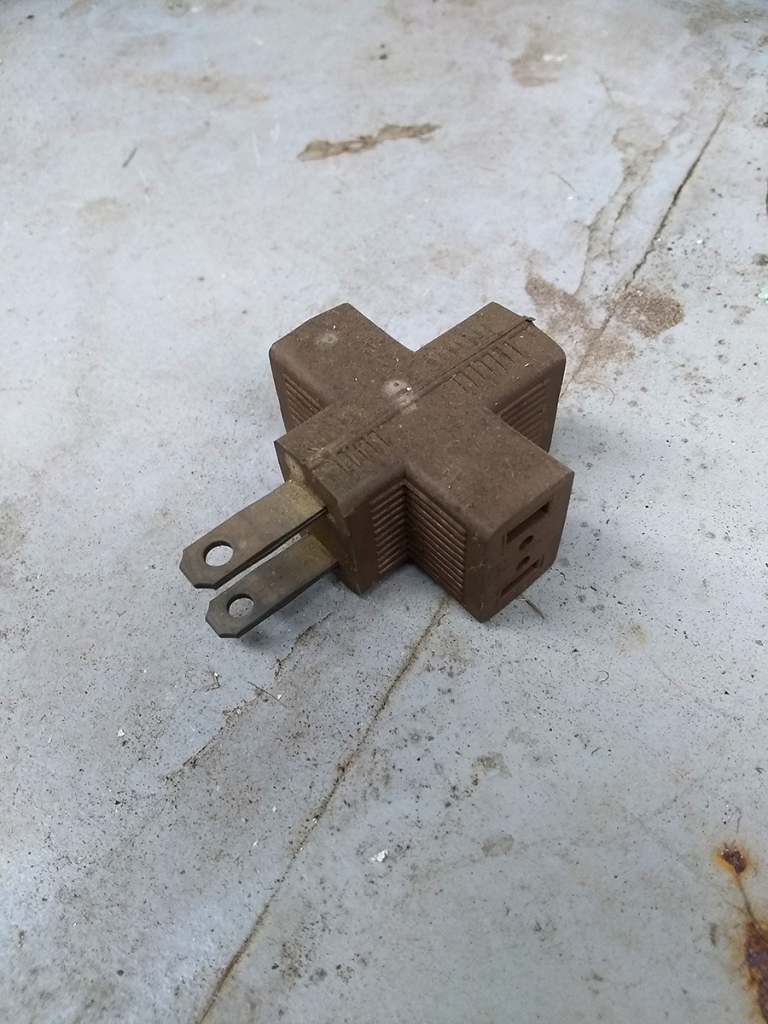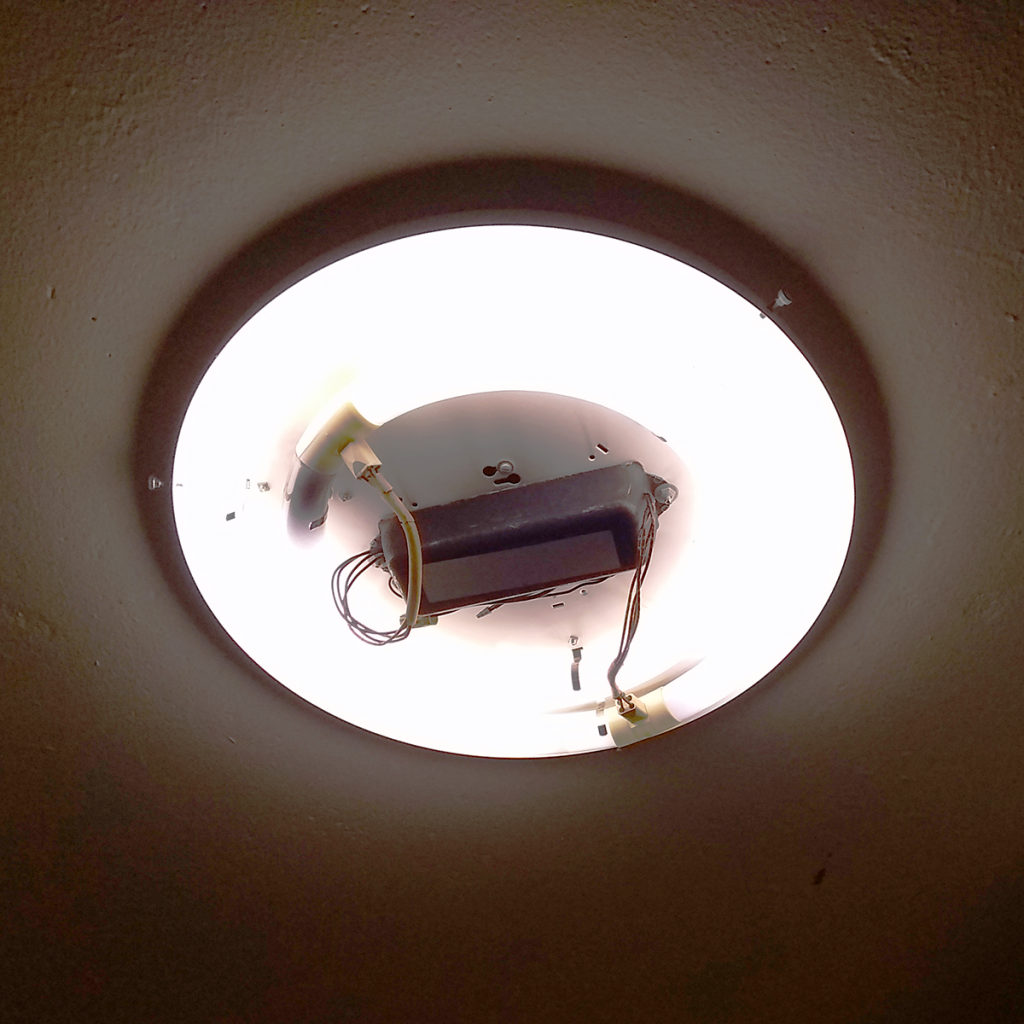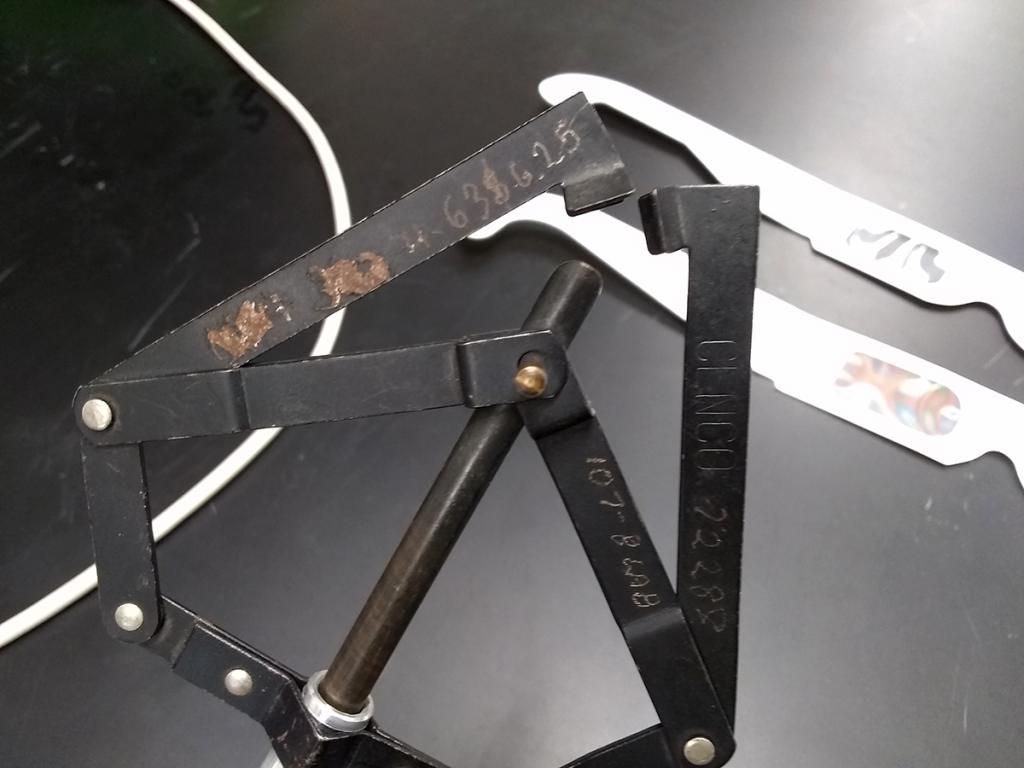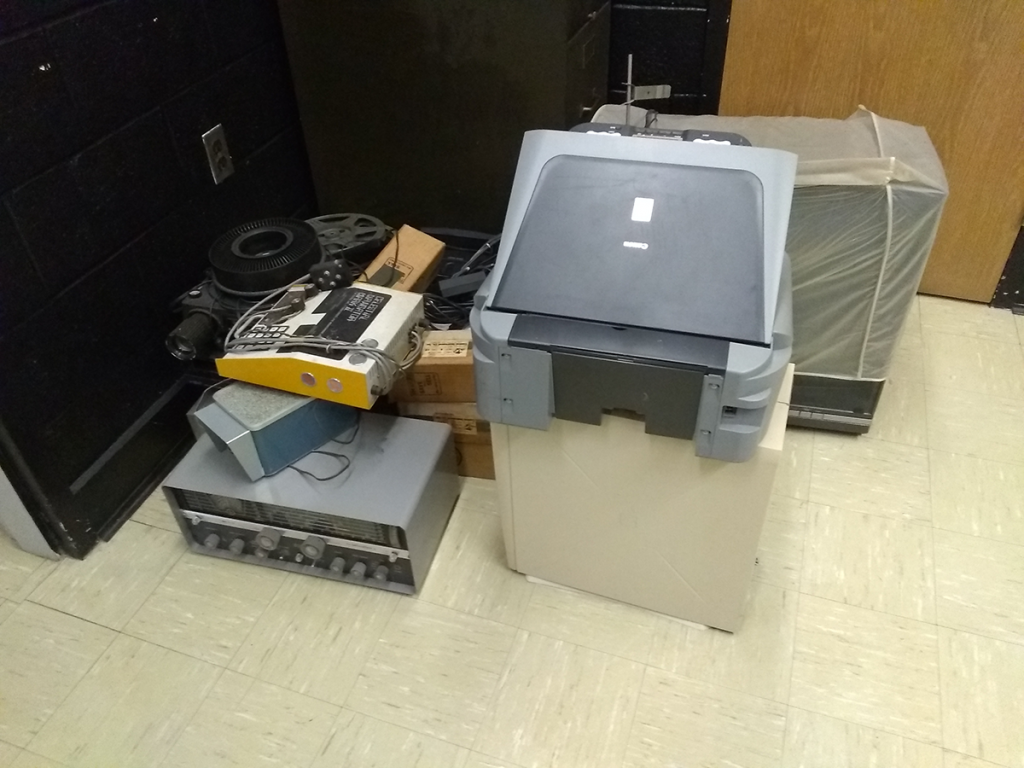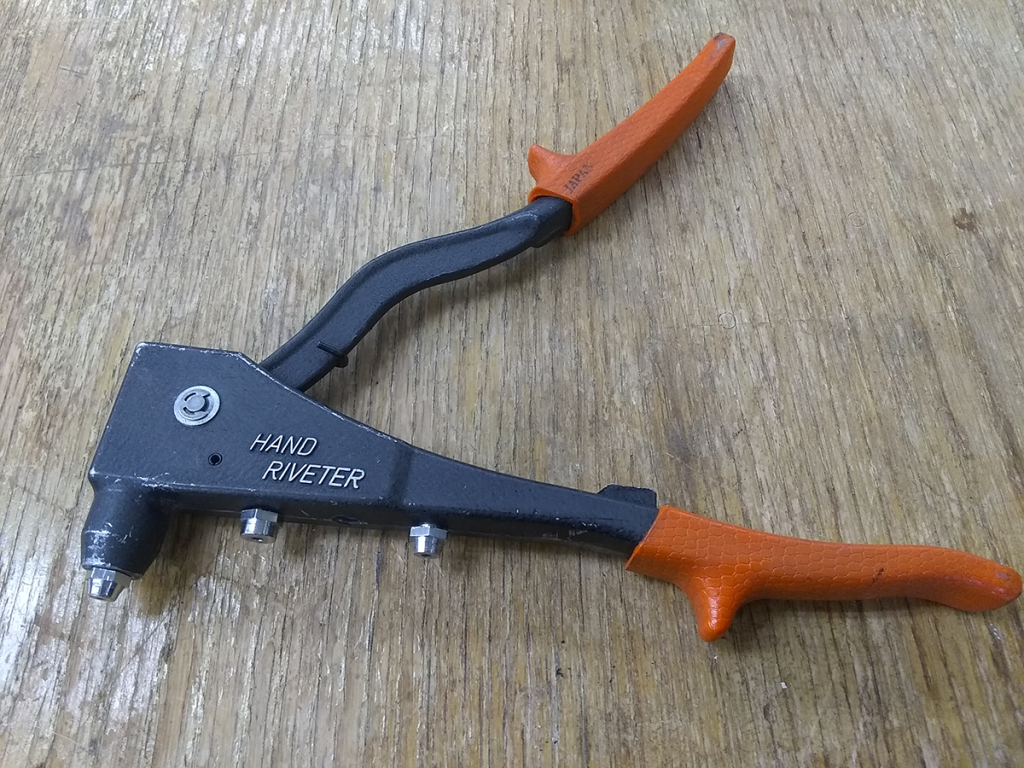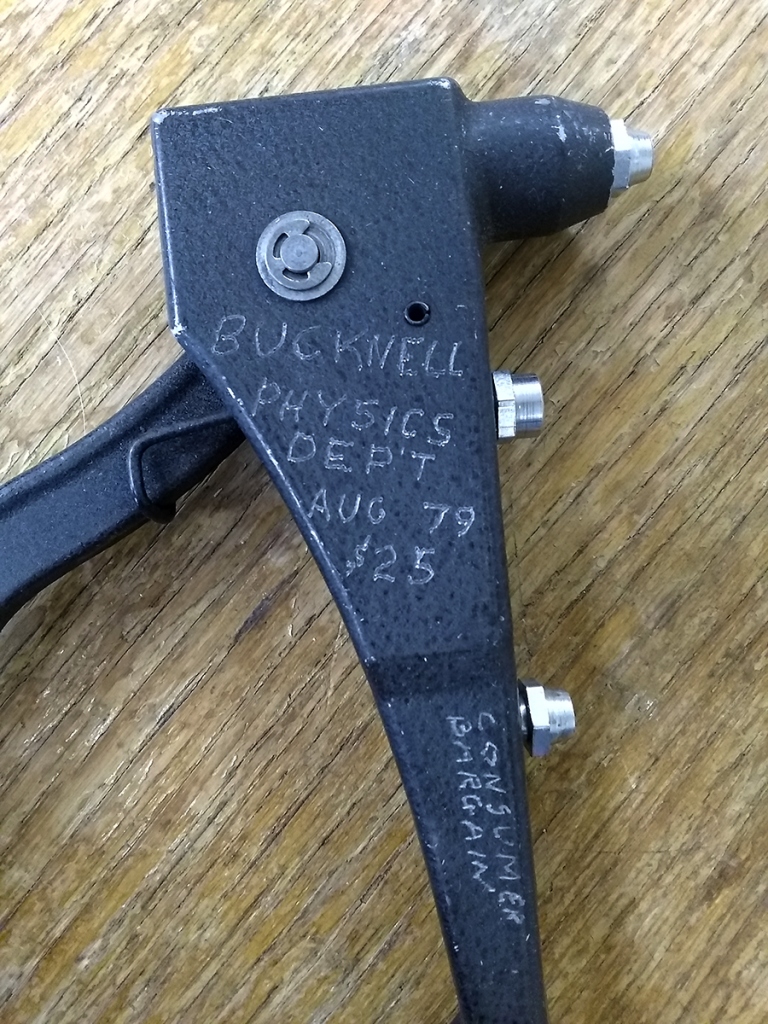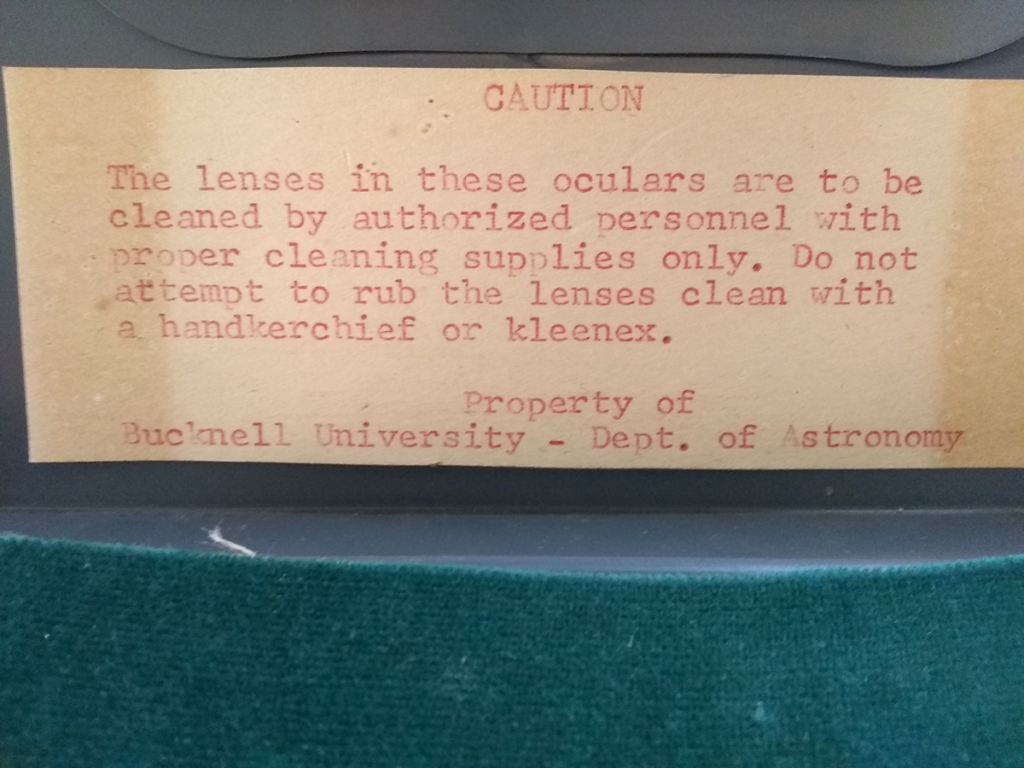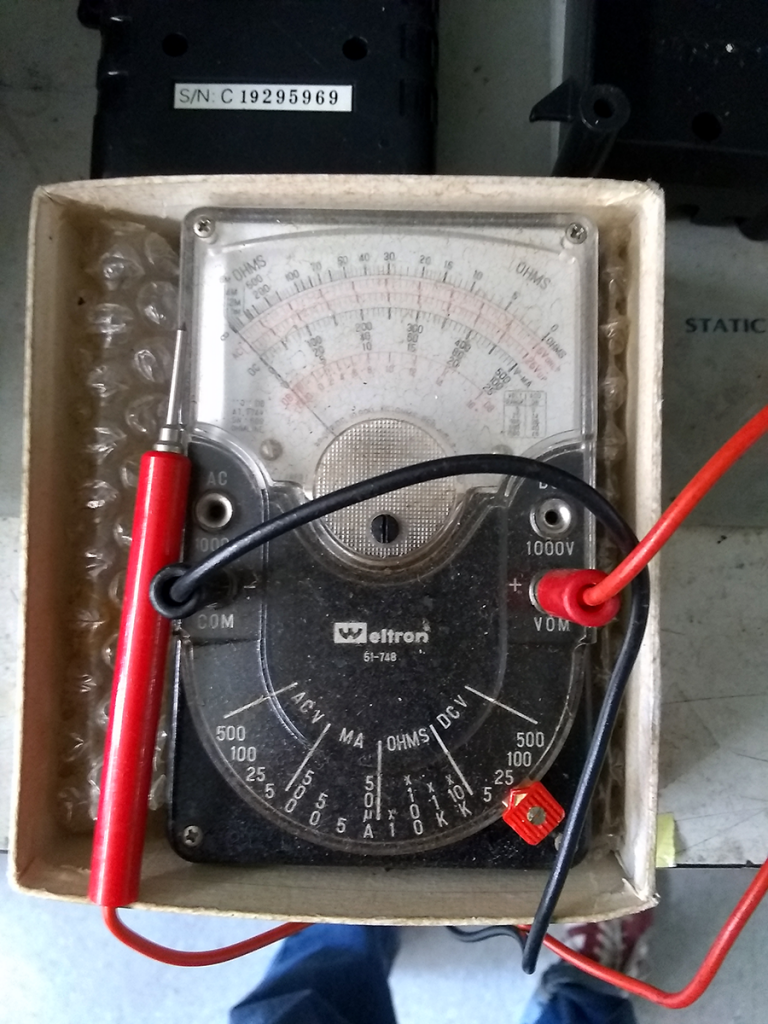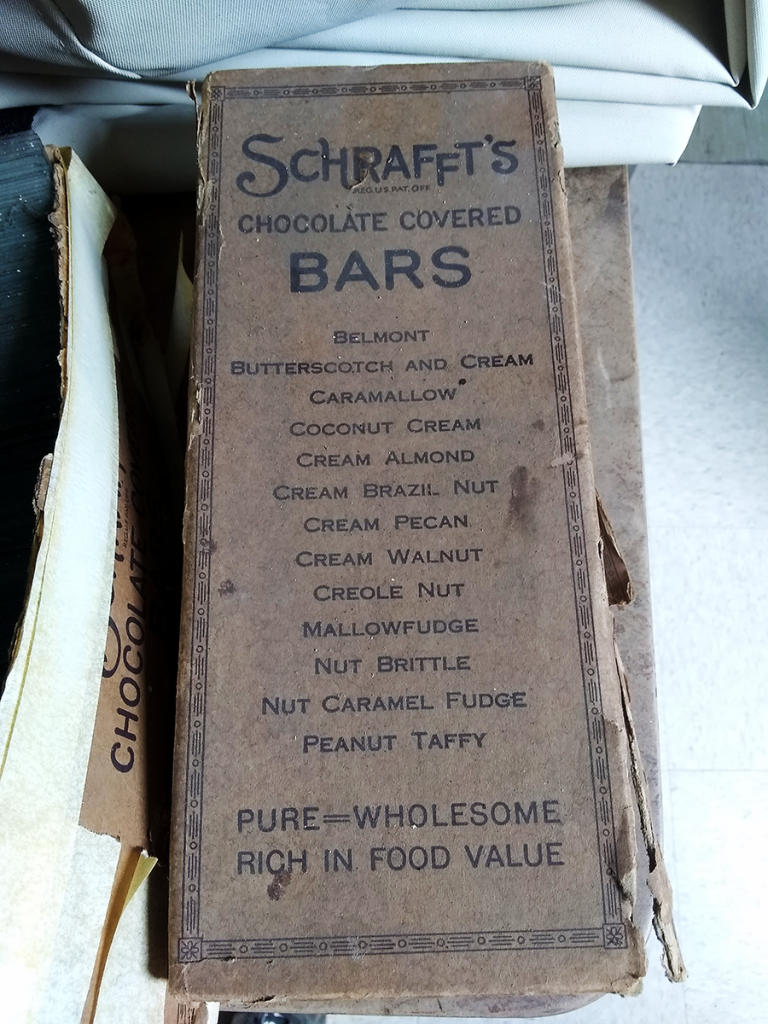
No one expects an antique box of chocolate bars – a Boston-based brand which went out of business in 1981 – to contain those candies anymore. We reuse boxes all the time, and the key factors are size and durability. D-cell battery boxes are in relatively high demand, for example; good size and sturdy. Chocolates boxes, it seems, were once just right for storing lots of glass plates. This was so long ago, though, that the original use has become somewhat obscure. (The glass plates. No one’s confused about the eventual fate of the chocolate bars.) Now the boxes are more intriguing than their contents.
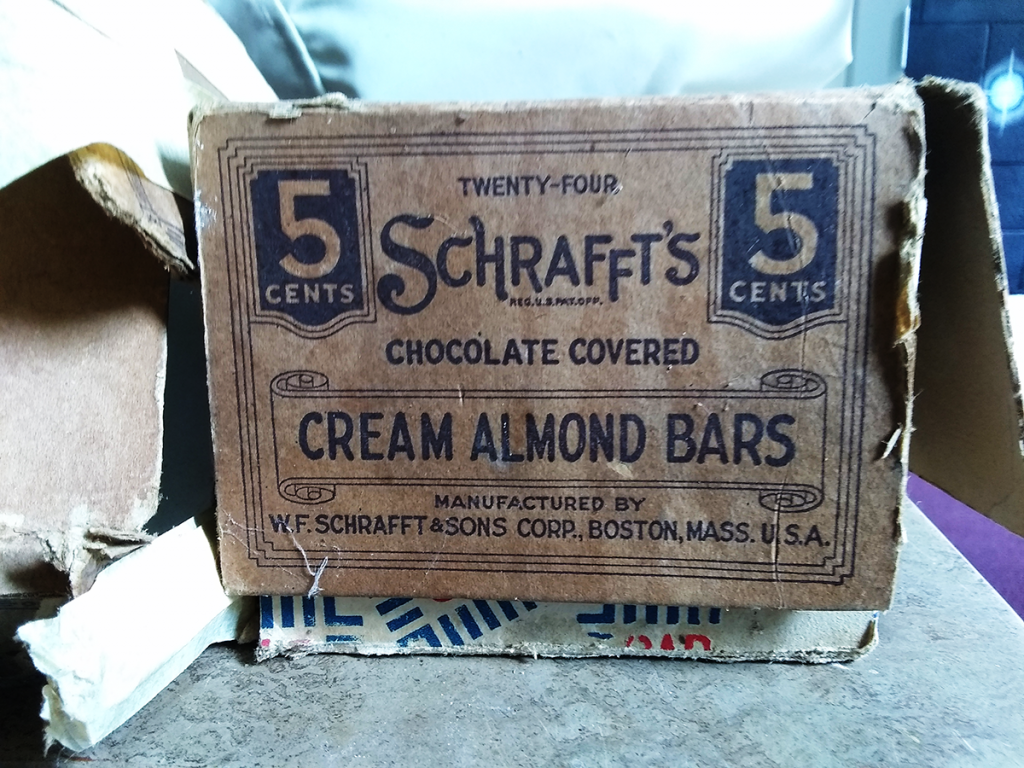
Idle thoughts bubble:
- What an interesting array of flavors! Belmont? Mallowfudge? Creole Nut? Presumably Caramallow is a caramel-marshmallow hybrid, whatever that meant in practice.
- Why is it Coconut Cream, but all of the others are ordered as Cream Almond or Cream Walnut? (Cream Brazil Nut?)
- “Pure = Wholesome” feels appropriately late-19th-century and kind of creepy.
- “Rich In Food Value” feels appropriately early-20th-century and definitely creepy. Or possibly written by ChatGPT; still creepy.
